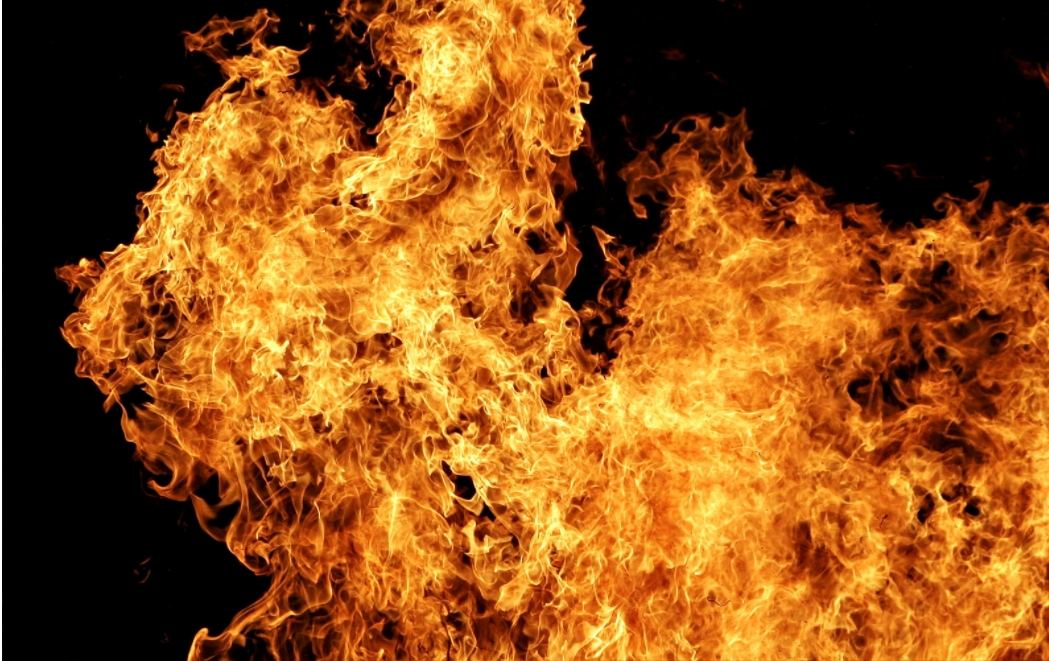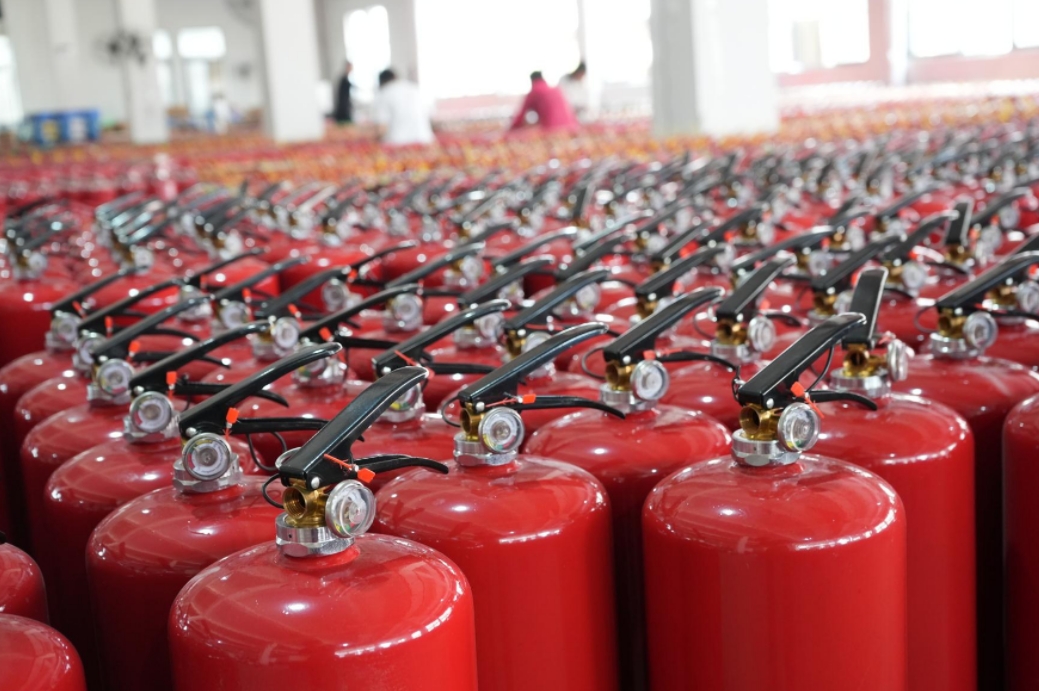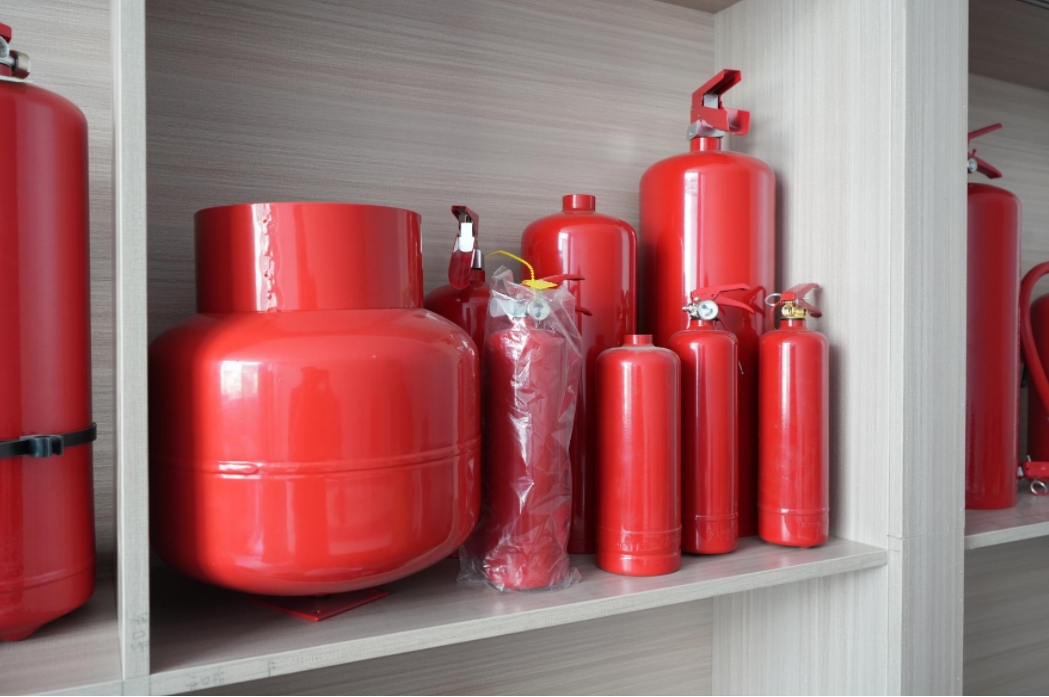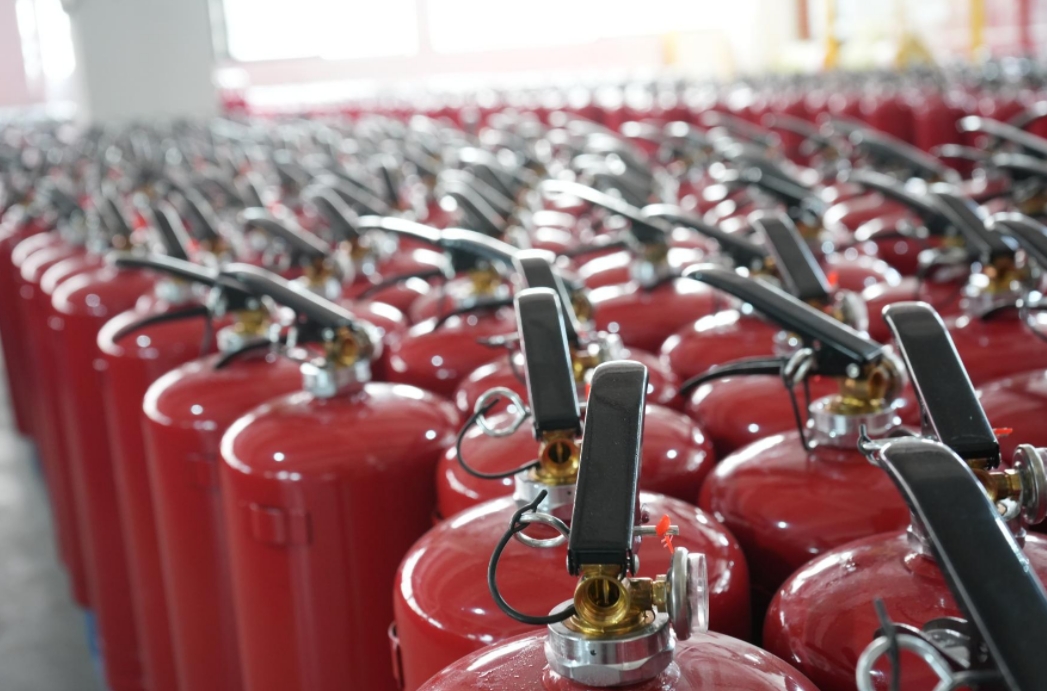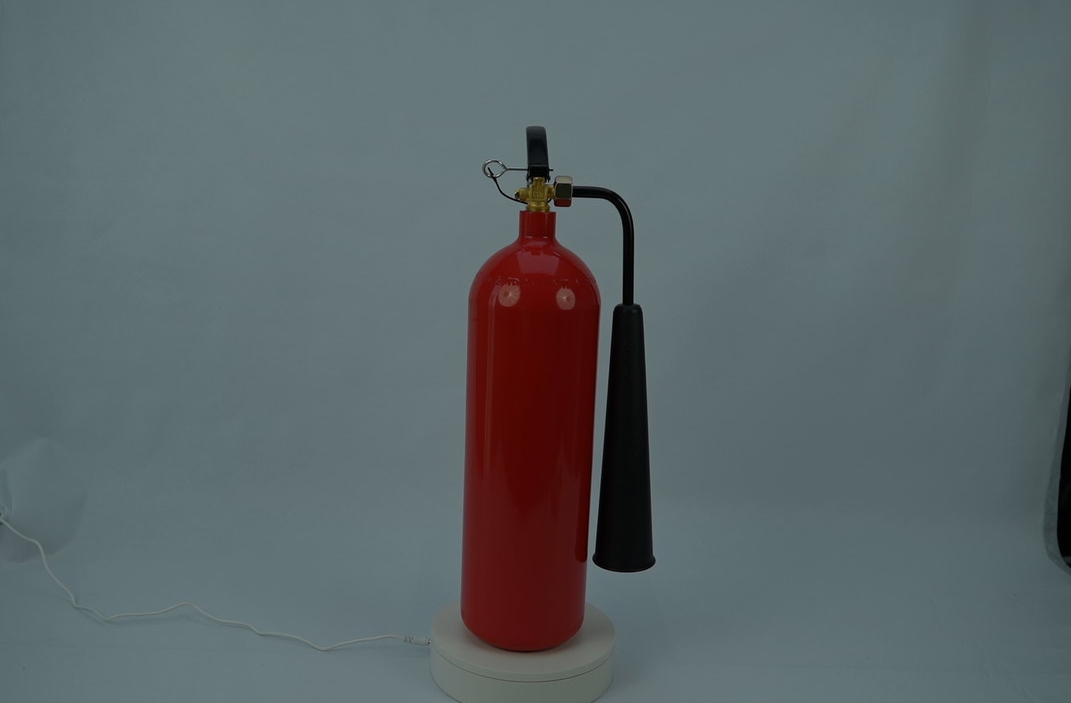Fire Extinguisher Types Explained — Which One Do You Need?
小编2025-07-04
Not all fires are the same — and not all fire extinguishers are made to handle every situation. Choosing the wrong type can be ineffective, or even dangerous. Here's a breakdown of the most common fire extinguisher types and how to know which one you need.
1. ABC Dry Powder Extinguisher (Multipurpose)
This is the most commonly used extinguisher for homes, offices, and vehicles. It can fight:
Class A fires (wood, paper, cloth)
Class B fires (gasoline, oils, paint)
Class C fires (electrical equipment)
Best for: General use
Sizes available: 1kg, 2kg, 4kg, 6kg, 9kg
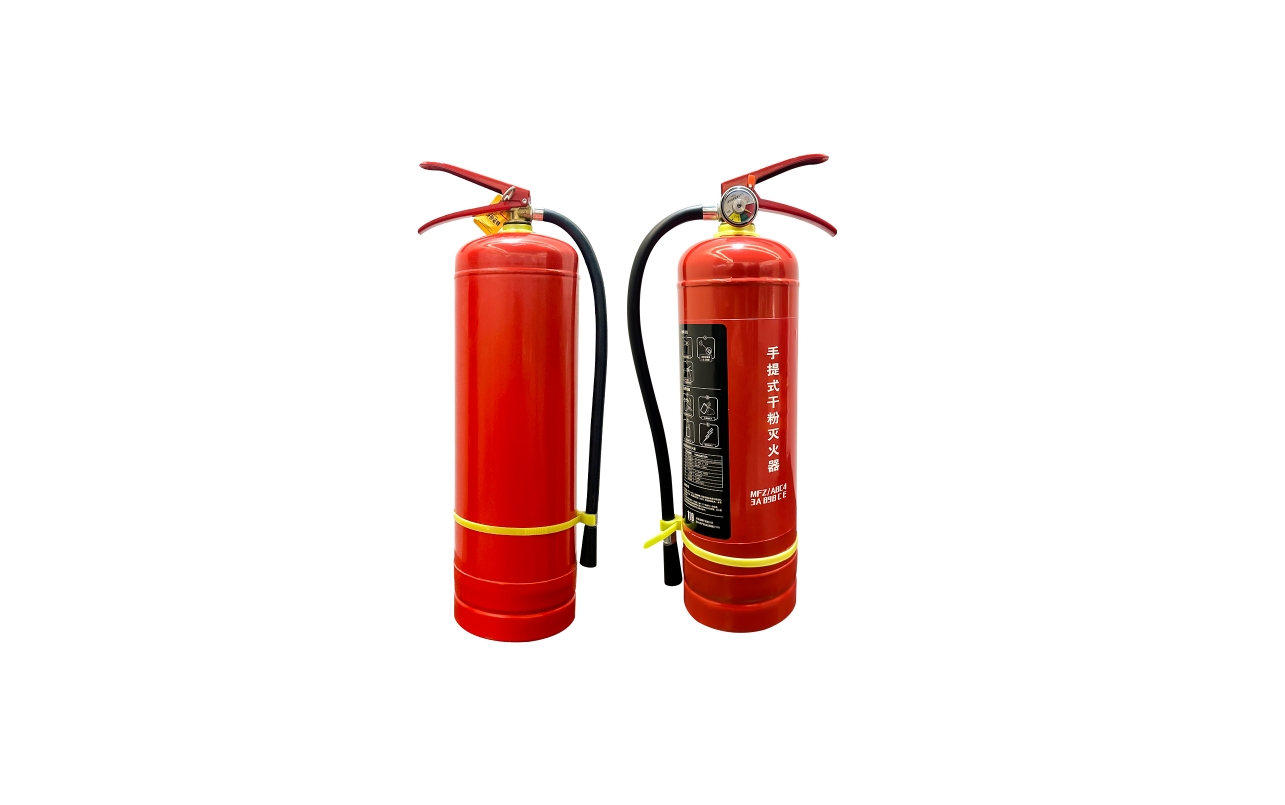
2. CO2 (Carbon Dioxide) Extinguisher
This extinguisher works by removing oxygen and cooling the flames.
Best for Class B (flammable liquids) and Class C (electrical fires)
Leaves no residue, making it ideal for electronics and server rooms
Not effective on: Class A fires
Common sizes: 2kg, 5kg
3. Foam Extinguisher
This type smothers fire by creating a foam barrier between fuel and oxygen.
Good for Class A and Class B fires
Not for electrical fires
Best for: Offices, garages, shops
Common sizes: 6kg, 9kg
4. Water Extinguisher
Uses a strong stream of water to cool and extinguish flames.
Only suitable for Class A fires
Never use on electrical or flammable liquid fires
Best for: Warehouses, schools, and public buildings
Sizes available: 6kg, 9kg
5. Wet Chemical Extinguisher
Designed specifically for cooking oil fires (Class K).
Ideal for commercial kitchens
Creates a chemical reaction to cool and suppress flames
Sizes: 2kg to 6kg
Which One Should You Choose?
For most homes or small offices, a 4kg or 6kg ABC dry powder extinguisher offers the broadest coverage. If you have a kitchen, add a Class K wet chemical extinguisher. For areas with sensitive electronics, use a CO2 extinguisher.
Selecting the right type of extinguisher ensures you're prepared for the most likely fire risks around you — safely and effectively.
